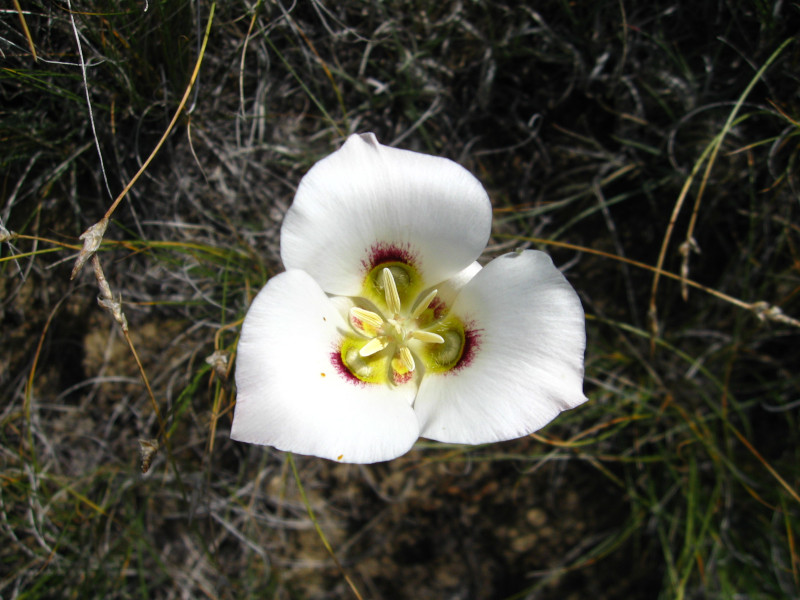
Sego Lily Facts
- Perhaps most notably, the term of Sego Lily serves as the generally accepted common name for a particularly lovely type of lily. The stunning flower also goes by the somewhat difficult to pronounce scientific name of the Calochortus nuttallii.
- Regardless of which term one uses to refer to it, though, this gorgeous plant represents a particularly marvelous member of its genus. This marvel of Nature received its name in honor of the respected English botanist and zoologist, Thomas Nuttall.
- This occurred subsequent to its first official recognition, by the American botanists John Torrey and Asa Gray. In addition, working together, the two scientists made the initial description of the amazing species, in the year 1857.
- Quite fortunately, the beautiful Sego Lily appears to be maintaining a sufficient and stable population. This fortunate situation further appears to be true throughout the entirety of the native range of the delicate variety of flora.
- There, the IUCN presently has no listing for the Angiosperm on its Red List of Threatened Species. It nevertheless must be considered to be at potential risk. Its greatest threats, though, likely come in the form of habitat loss and climate change.
Related Articles
Sego Lily Physical Description
Although the breathtaking Sego Lily fully merits appreciation, it does not do so based solely on sheer size. In fact, regardless of its many other attributes, it ranks as an average-sized specimen. Physically, it does distinguish itself in one manner, though.
That’s the fact that individual plants of this remarkable species quite frequently vary significantly in terms of overall height. In point of fact, quite surprisingly, individual plants of the Sego Lily generally range in height from 6 – 18 in (15 – 45 cm).
This manifests itself in terms of a single tall, thin stalk. The leaves, meanwhile, appear few in number, and thin, and highly elongated. Also, at the end of each of these, a single bloom appears. When open, this flower averages 3 in (7.6 cm) in diameter.
It also presents a striking color scheme to the eye. That’s because the petals usually white, with dark red and yellow markings at the base. However, on occasion, yellow petal develop, instead of the white. The fruit of the species develops as a single capsule.
- Kingdom: Plantae
- Phylum: Tracheophytes
- Class: Angiosperms
- Order: Liliales
- Family: Liliaceae
- Genus: Calochortus
- Species: C. nuttallii
Sego Lily Distribution, Habitat, and Ecology
First of all, the magnificent Sego Lily stands out for yet another reason. This wonderful plant evolved as native to a moderately large region of the world. This zone of habitation more specifically consists of a specific portion of the continent of North America.
More precisely, however, this delicate wonder of Nature developed in what now constitutes the western regions of the United States. Within that area, the beautiful variety of lily currently inhabits a total of 11 states, covering much of the western part of the country.
For the moment, it remains unknown whether or not it ever existed beyond this range. But, even within this already restricted range, the amazing species of flora possesses specific requirements for the type of habitat in which it appears.
Consequently, except for individual stragglers, the bulk of its population appears in three specific habitats. These consist of areas of sagebrush in the foothills, various dry valleys, and, for unknown reasons, specifically groupings of ponderosa pines.
The Sego Lily also had multiple cultural uses. The Native American tribes sharing its range used it in several ways. Firstly, the bulbs were often used to make a porridge. Secondly, they consumed the dried seeds. Thirdly, the flowers often formed decorations and adornments.
Species Sharing Its Range
Check out our other articles on Earth’s Many Magnificent Bees, Japanese Angelshark, Milford Sound, White Witch Moth, Fennec Fox, Wood Frog, Brown Widow Spider, Hermann’s Tortoise
